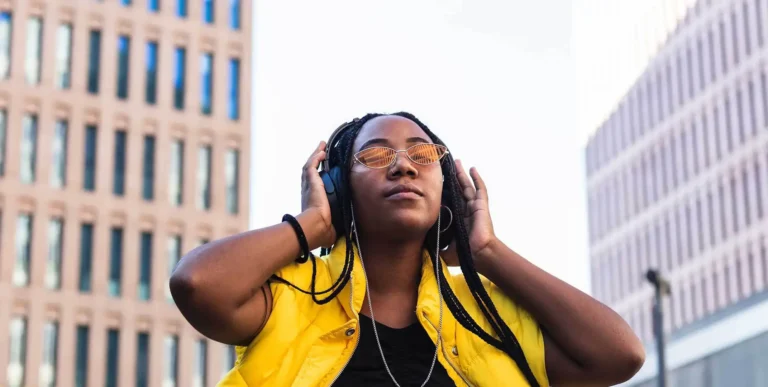It’s been just over a year since a global pandemic restricted travel, crippling what was once a thriving travel and hospitality sector. With two-thirds of passenger jets grounded, hotels and resorts emptied, and halted cruises turning into floating hospitals, the industry scrambled to survive until the day came that travel was fully back. And it seems that day has arrived sooner than most anticipated.
As an industry, hospitality bypassed initial expectations that consumer travel would ramp up only once we’ve reached herd immunity. As Redpoint CMO John Nash put it, “the travel surge isn’t coming soon: it’s happening now.”
But while it may be tempting for the industry to revert back to pre-COVID habits, the pandemic has ushered in changes to travel that marketers are keeping in mind.
For one, the revenge travel trend has really started to take effect. Named for the reactive response travelers have after being cooped up during COVID-19, quarantines and stay-at-home orders, the trend shows consumers spending more money and time on travel post-pandemic. According to Discover’s annual survey, 70% of Americans want to travel again.
Here’s how travelers feel now:
- 25% of people plan to travel more than before COVID-19 once the pandemic is over.
- 40% of consumers plan to spend more on their next vacation.
- The average expected increase in spend is 45%.
- 56% of travelers who work from home are planning longer trips.
- Most travelers (60%) plan to travel closer to home.
With consumer spending up, it’s no surprise that travel marketers have responded in kind with their own increase in spending. Though the levels are nowhere near 2019 levels quite yet, airline advertising spend, for example, is up 106% year over year in 2021, and travel is on the rise. It’s up 17% this summer compared to spring.
Much of that spending has been focused on efforts in the digital and mobile spaces, a direct response to the changes in media consumption and tech usage that occurred during the pandemic.
With consumers spending more time online and on mobile devices, brands have to invest in strategies that allow them to connect with their customers more effectively. Tripadvisor, for example, took advantage of this down period to reimagine their native app and provide “more personalised inspiration” at every step of their customers’ travel journey.
Personalisation No Longer Optional in Travel
As it turns out, Tripadvisor is not alone in its prioritisation of personalisation. More than just upping their spending, travel brands across the board are having to adapt and change the way they communicate to their customers as a post-pandemic world demands more personalisation and relevant messaging.
According to a survey conducted by Dynata, 67% of consumers expressed frustration with the travel industry’s messaging throughout the pandemic, with 73% expecting personalised, real-time messaging to feel safe and comfortable.
Amidst a global crisis, it became more important than ever for brands to be empathetic and sensitive to their customers’ needs. And this was true across industries. We noticed it with mortgage providers, for example, as they helped customers struggling with forbearance questions and concerns.
Ultimately, personalisation is one of the key strategic tools that allow brands to connect with their audience on a more emotional level, especially during a time that limited in-person interactions. American Airlines effectively did this with their Personalised Video campaign designed to boost morale and encourage hope.
Trends and Strategies for Reengaging With Travelers
As travel continues to surge, brands need to acknowledge the new landscape that’s emerged. Implementing strategies and generic campaigns from pre-COVID days just won’t cut it anymore. Instead, focus on crafting engaging campaigns that are personal and relevant to the traveler’s situation.
Here are 5 tactics marketers can tap into as travel brands work to reconnect with their customers post-pandemic:
1. Lean Into Themes of Healing and Unity
Considering the isolation and stress that dominated many lives during the pandemic, the experiences that travel can offer have ended up developing a stronger emotional significance than before.
In turn, many brands have positioned travel as a powerful way to heal wounds and bring people together again. Consider leaning into these kinds of emotional themes in order to develop a deeper connection.
2. Address Your Customers’ Varying Levels of Comfort with Travel
One of the difficulties of marketing during a period of transition is that there are unavoidable divisions in attitudes.
Just because travel has picked up doesn’t mean that everyone is 100% comfortable with it. It’s still important to acknowledge safety concerns and personalise the messaging when necessary in order to inspire trust among your customers.
3. Express Your Gratitude for Their Loyalty
After over a year of restrictions, showing gratitude to those customers who have waited patiently for the return to travel is a relevant and meaningful message to send. Highlight how thankful you are for their past business and invite them on their next adventure.
4. Remind Customers of Their Great Travel Memories
Tap into that powerful emotion of nostalgia by reminding your customers of all the great memories they’ve made with you before COVID-19 shut down travel.
Create Personalised Videos that incorporate scenes reminiscent of the destinations each specific traveler visited. Then go the extra mile and add a personalised offer for a trip that’s perfect for them.
5. Show Them Their Next Holiday With Personalised Storytelling
In a similar vein as reminding your customers of their great travels, you can also directly put them in the middle of their next adventure through visual storytelling.
Using relevant customer data, show them the potential experience of their next memorable trip in a personal way, ensuring the details are tailored for their particular tastes.
Leveraging Video for Post-Pandemic Travel Marketing
It’s not a coincidence that travel brands heavily rely on video in their marketing efforts. The medium is highly effective at communicating key messages and engaging with audiences. And when you combine video with personalisation, you have a powerful tool to help you acquire and retain customers through this period of transition and growth.
Interested in how you can deliver personalised digital experiences in a post-pandemic world? Learn more about how other travel and hospitality brands have leveraged Personalised Video to connect with their millions of customers. Or reach out for a quick intro call by clicking the button below. We’d love to show you how travel brands can rebound and grow to new heights.





